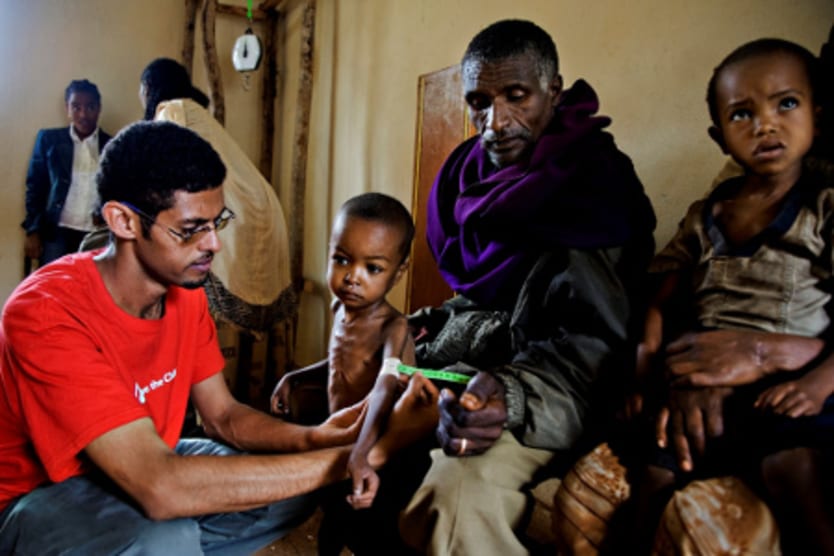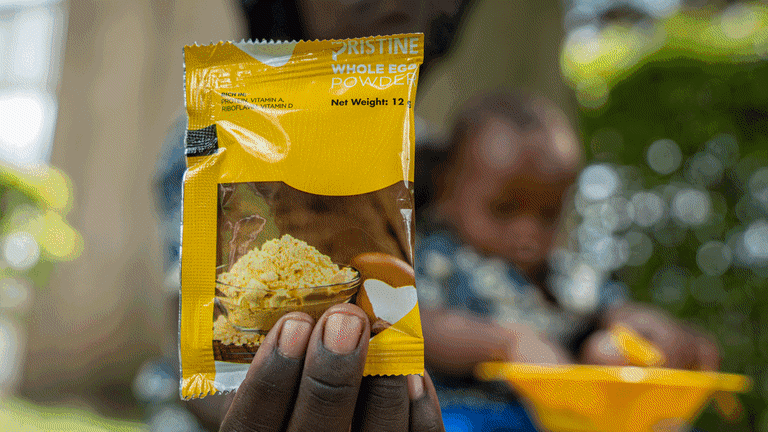
This is the year developed and developing countries, and donor organizations have to scale up efforts to improve children’s diets and curb stunting, a nongovernmental organization says in its latest report.
Intervention to ensure a child will not be affected permanently by malnutrition needs to happen in the first 1,000 days of life. Six of the eight Millennium Development Goals are linked to nutrition. This means, according to Save the Children’s “A Life Free From Hunger: Tackling Child Malnutrition” report, governments need to prioritize nutrition efforts now to meet the 2015 deadline for the MDGs. By April 2013, efforts would already have been too late to create a meaningful impact on children who will turn 2 in 2015.
The study says a combination of global factors is slowing progress in curbing stunting and malnutrition: climate change, volatile food prices, economic uncertainty and demographic shifts. Between 1990 and 2010, incidences of stunting have only improved an average 0.6 percentage points annually. Further, one in three children in developing nations is stunted, and 80 percent of these children live in just 20 countries.
Malnutrition, meanwhile, has contributed to one-third of global child mortality. The study notes 300 children die every hour of each day because of malnutrition, resulting in 2.6 million lives lost annually.
But these are preventable numbers. Save the Children says there are solutions that have proved effective but aren’t being scaled up owing to poor public policies and insufficient funding. Among these solutions are direct interventions, such as providing vitamin supplements and fortified food, and promoting healthy feeding practices; and social protection programs, including food distribution and cash-transfer schemes. Governments should also increase spending on small-holder and female farmers, improve accessibility to functioning local markets, have better nutrition education and invest in better research and evidence.
The report recommends six steps to tackle malnutrition:
Governments with high incidences of stunting need to agree on a global reduction target.
Invest in direct interventions: If developed and developing countries can share the cost to scale up the 13 cost-effective direct nutrition interventions, up to 2 million lives could be saved.
Recruit, train and support new and existing health workers, and deploy them to where they are most needed.
Invest in effective social protection policies for the most vulnerable families.
Governments should support small-holder and female farmers, and focus agricultural projects on those that can improve children’s diets.
Use global conferences such as G-8 and G-20 summits to raise the “profile of malnutrition” and inspire countries to work together on an action plan aligning “institutional reform with clear delivery of new resources.”
Save the Children also released the results of a nutrition survey it commissioned in India, Pakistan, Nigeria, Peru and Bangladesh. Conducted by GlobeScan between December 2011 and January 2012, the survey shows rising food prices is the most pressing concern among respondents, particularly those in Nigeria and Bangladesh. As a result, many families are not eating enough. Twenty-seven percent of respondents in Nigeria and 24 percent of those from India said there are days their children do not eat anything.
Read more development aid news online, and subscribe to The Development Newswire to receive top international development headlines from the world’s leading donors, news sources and opinion leaders — emailed to you FREE every business day.








